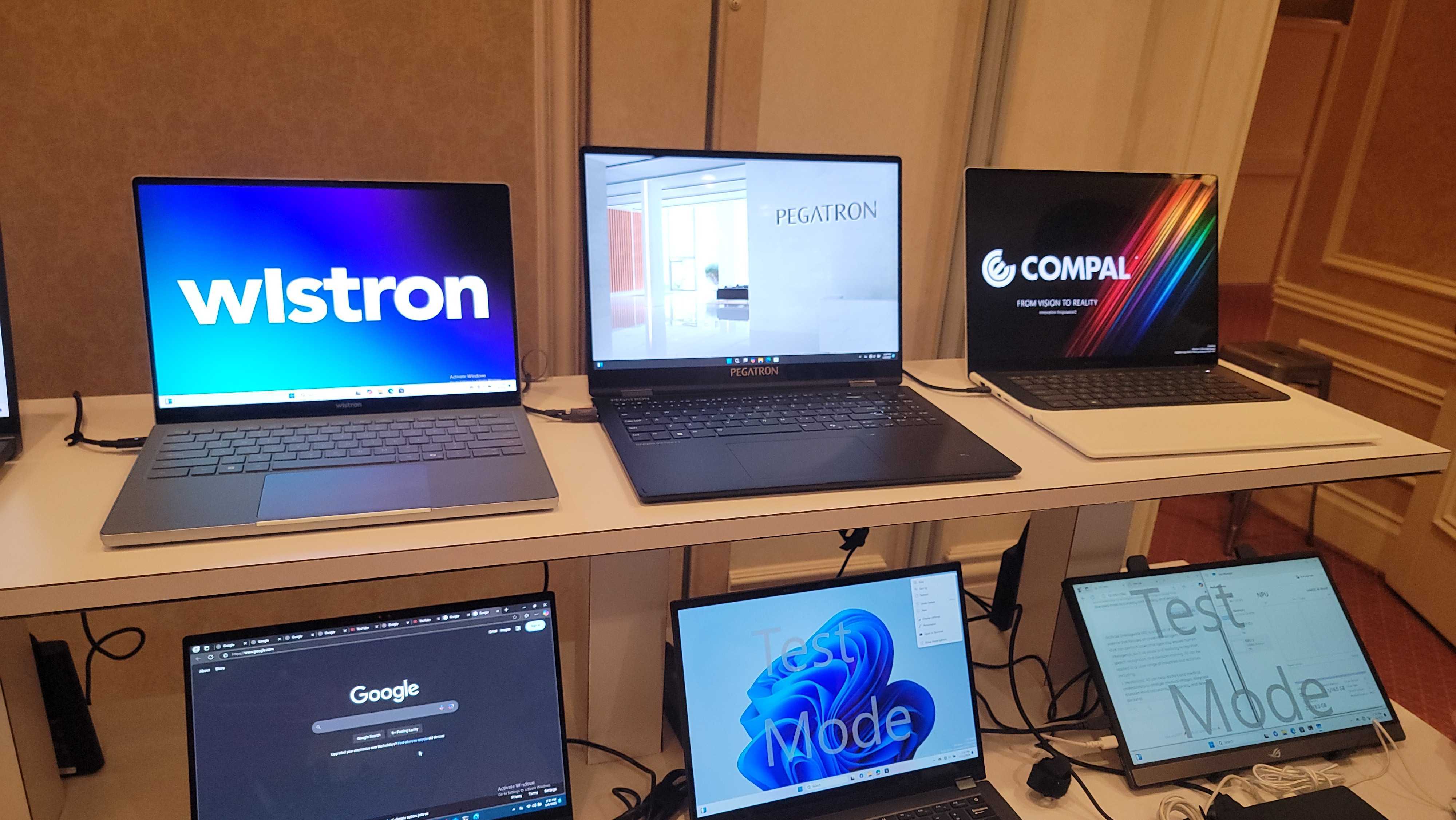
Intel's CES 2025 exhibition features a stack of computers from the near future; six Panther Lake and Celestial-based systems. The next-generation CPU architecture and next-next-gen Celestial Xe GPU cores arrived at the show with little fanfare, receiving little mention in Intel's CES press release or keynote address.
The ODM systems run on early 12-core Panther Lake CPUs, and contain 12 Xe-core internal GPUs on the Xe3 (codenamed Celestial) architecture. The demo PCs also contain an NPU, though the specs of the NPU are unknown beyond their shared 18GB of memory with the internal GPU. The demo PCs all run on 32GB of RAM.
The functionality of the CES demo units is fairly low beyond exploring Task Manager. Graphics drivers are early enough in development that the PCs at idle only display still images. Intel shared that the PCs are running on A0 silicon (the first-ever revision of the silicon), making the 24 hours of uptime listed on one unit's Task Manager all the more impressive.
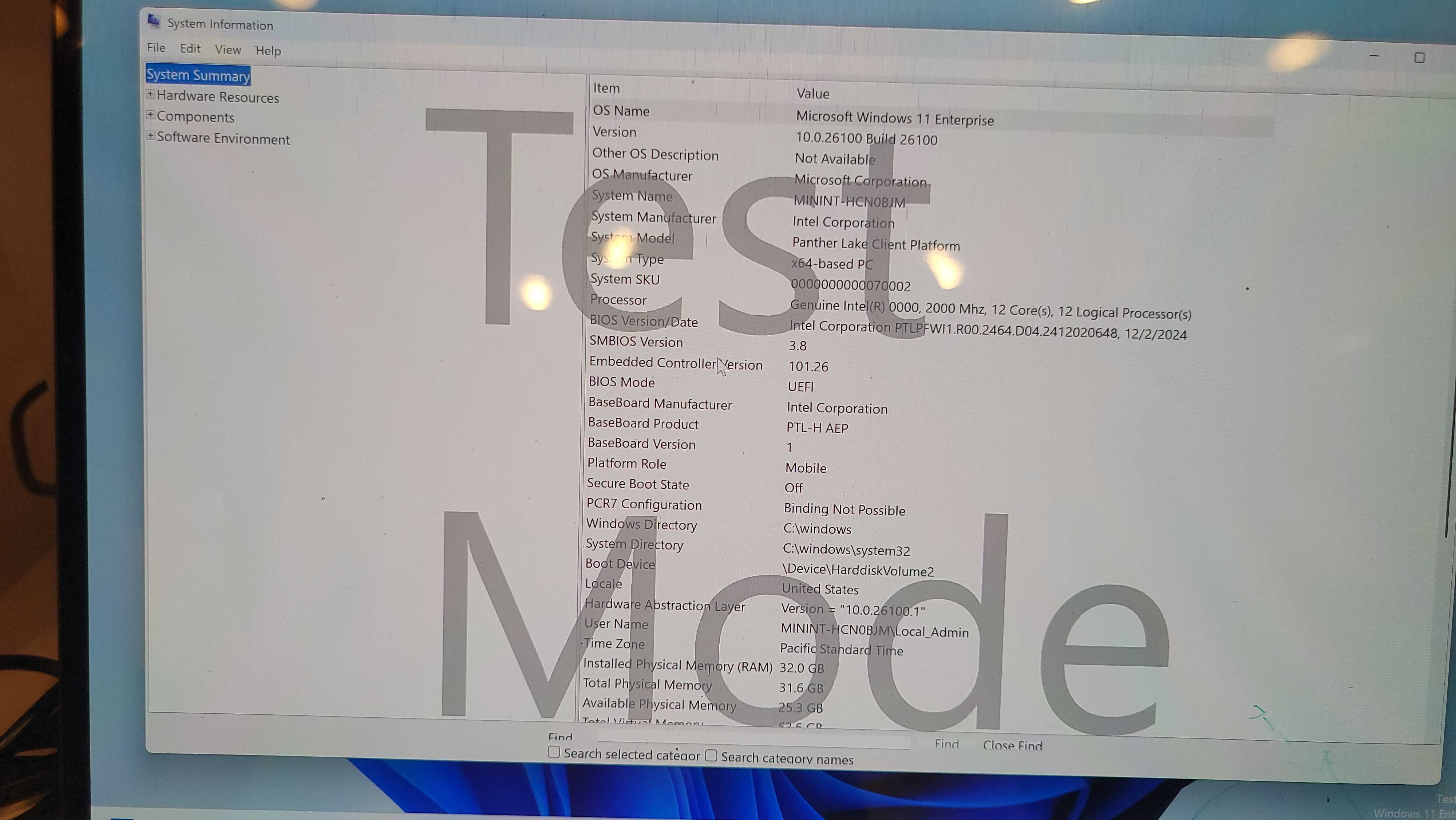
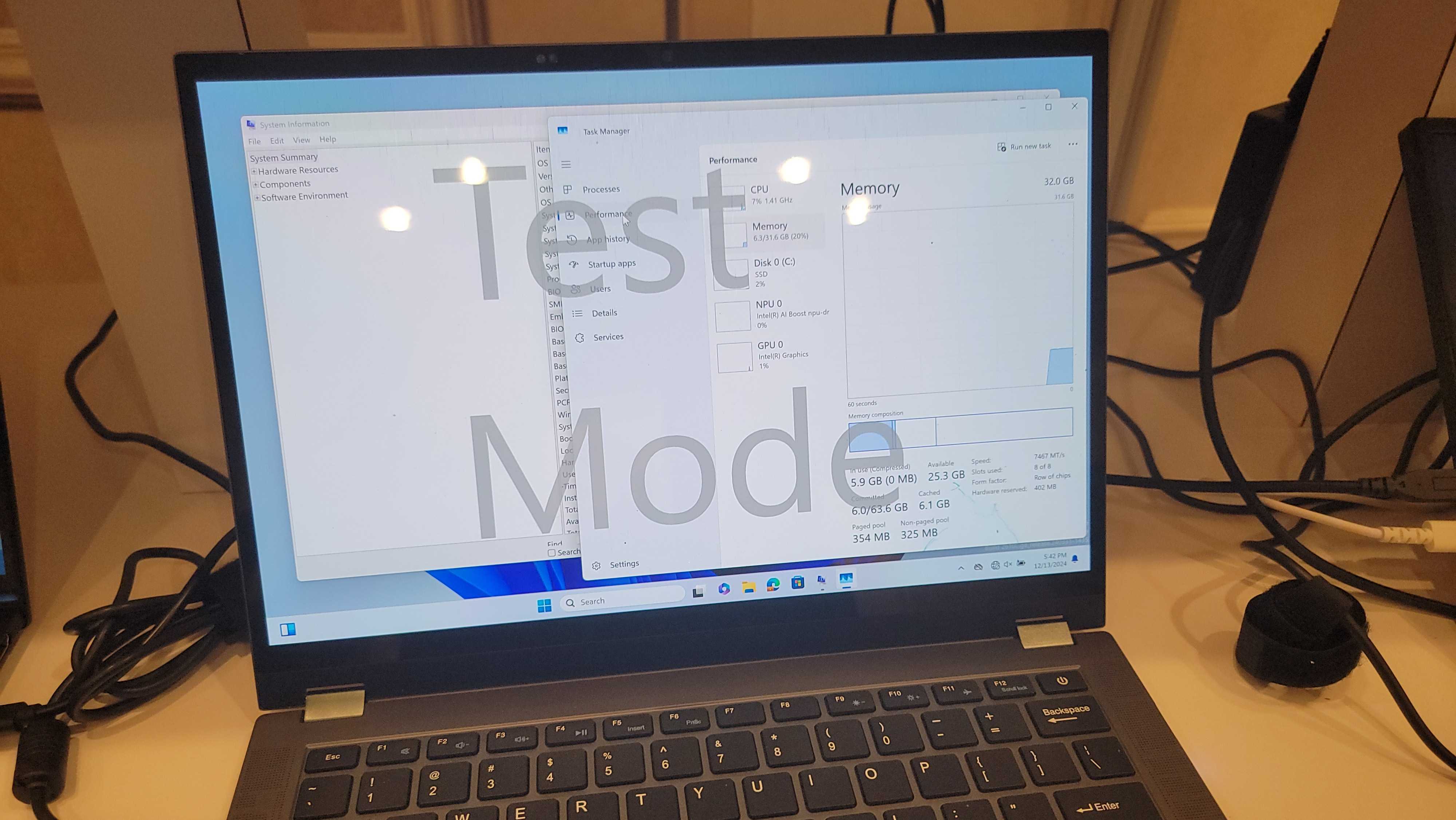
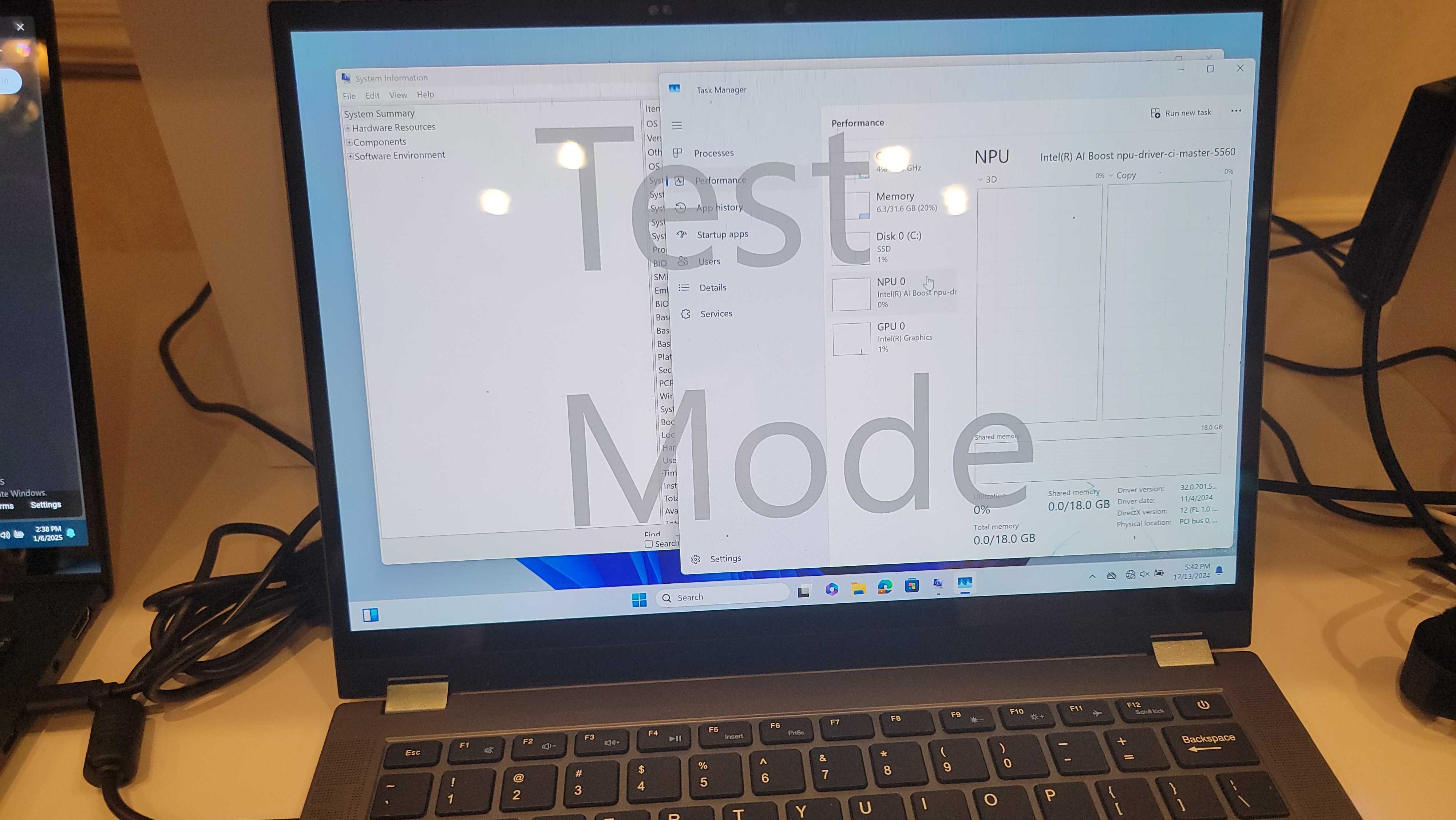
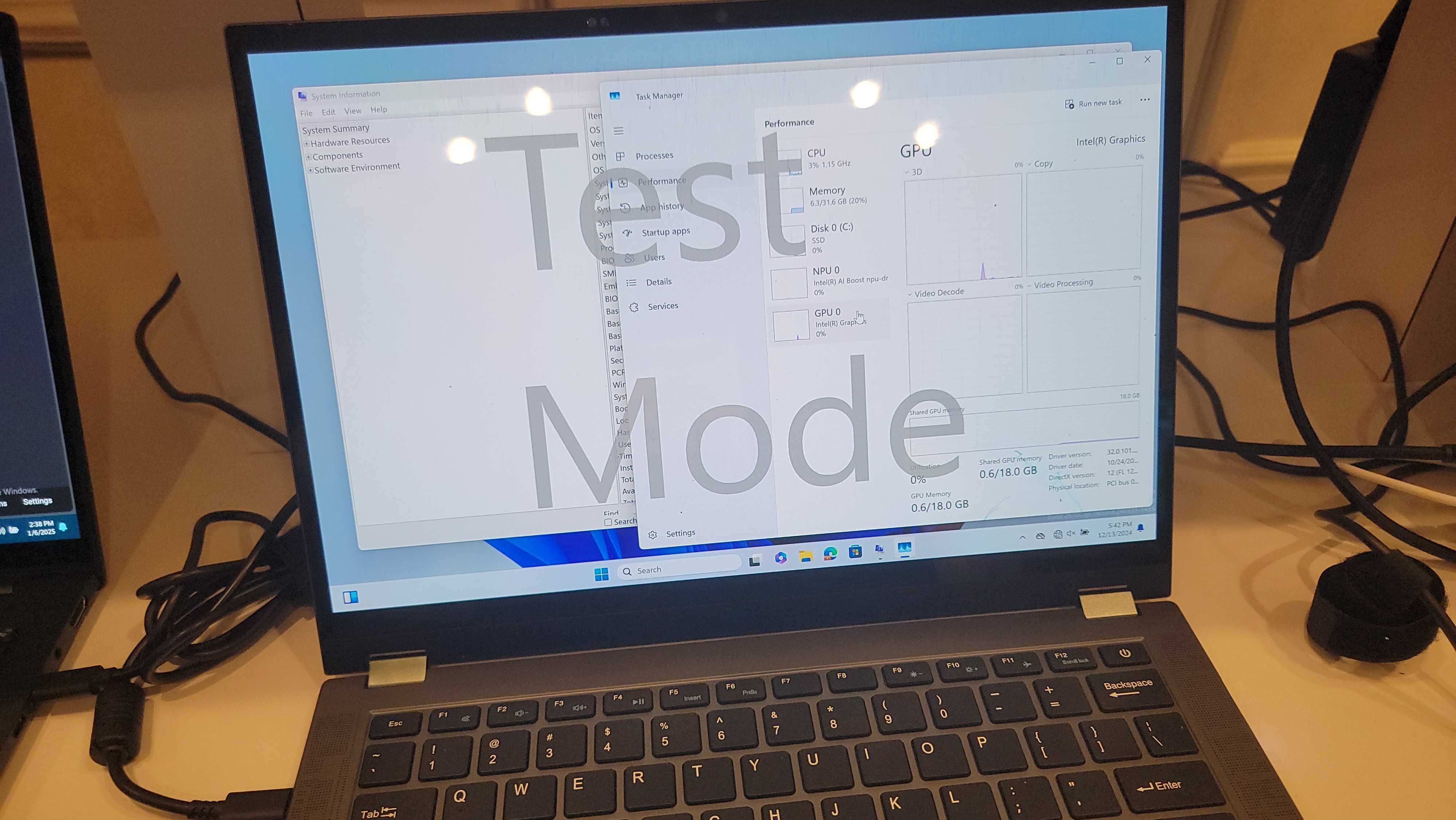
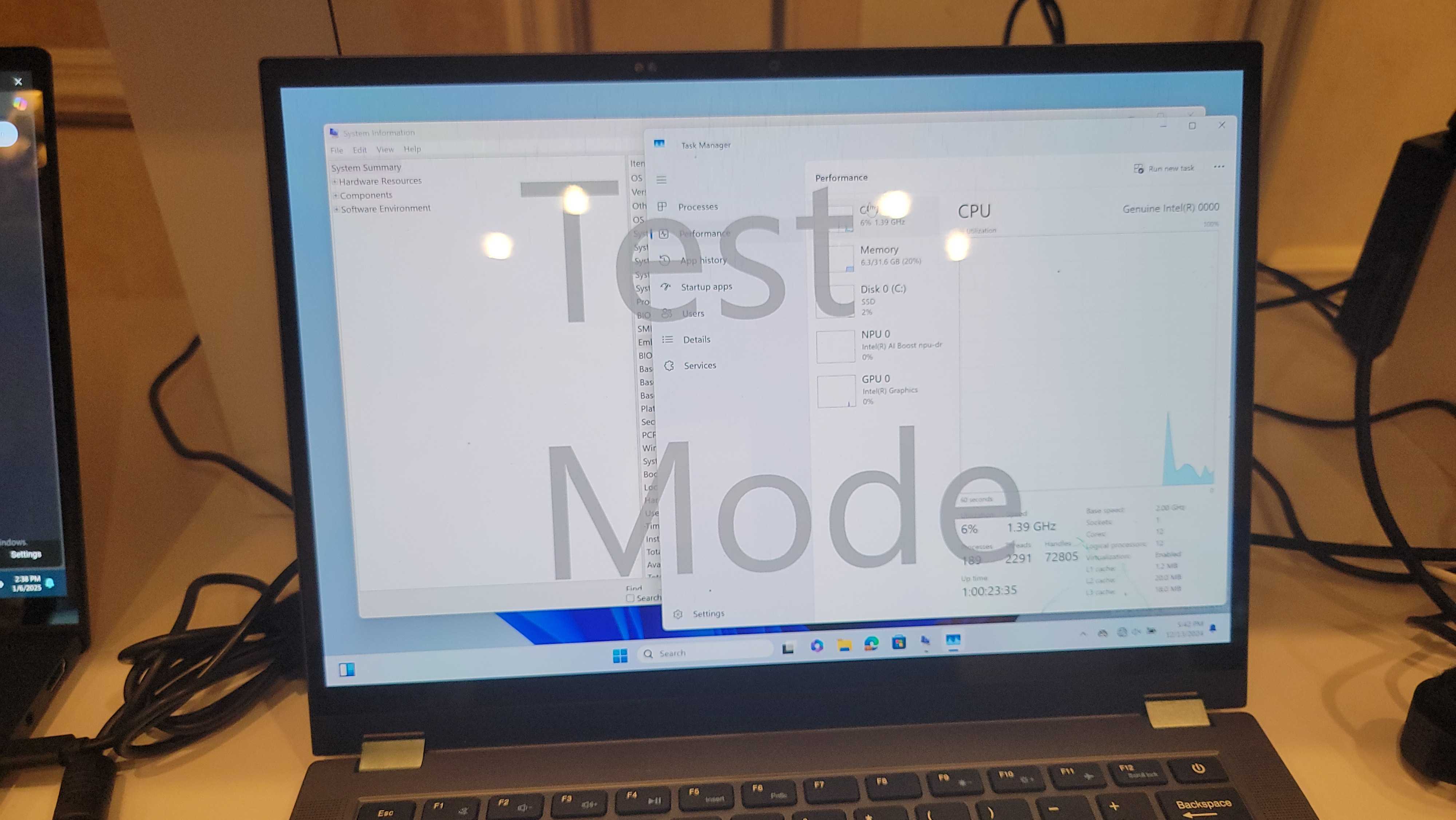
Three mini dev kits, two in a NUC-like form factor, and the other sporting a wide mini-LED display, bear the Intel logo. The ODM laptops come from Wistron, Pegatron, and Compal, all notable Taiwanese ODM manufacturers with close ties to Intel OEM partners.
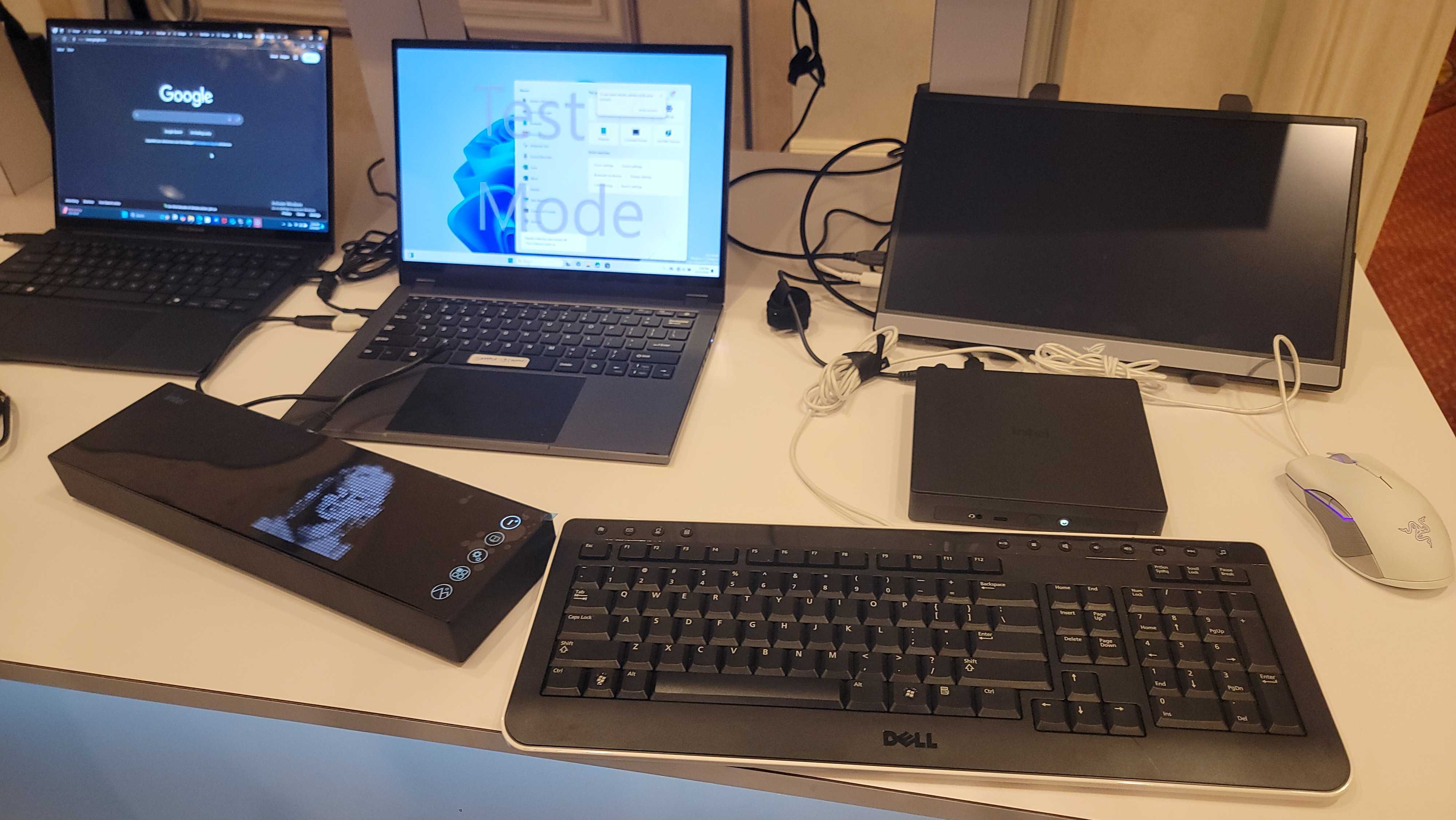
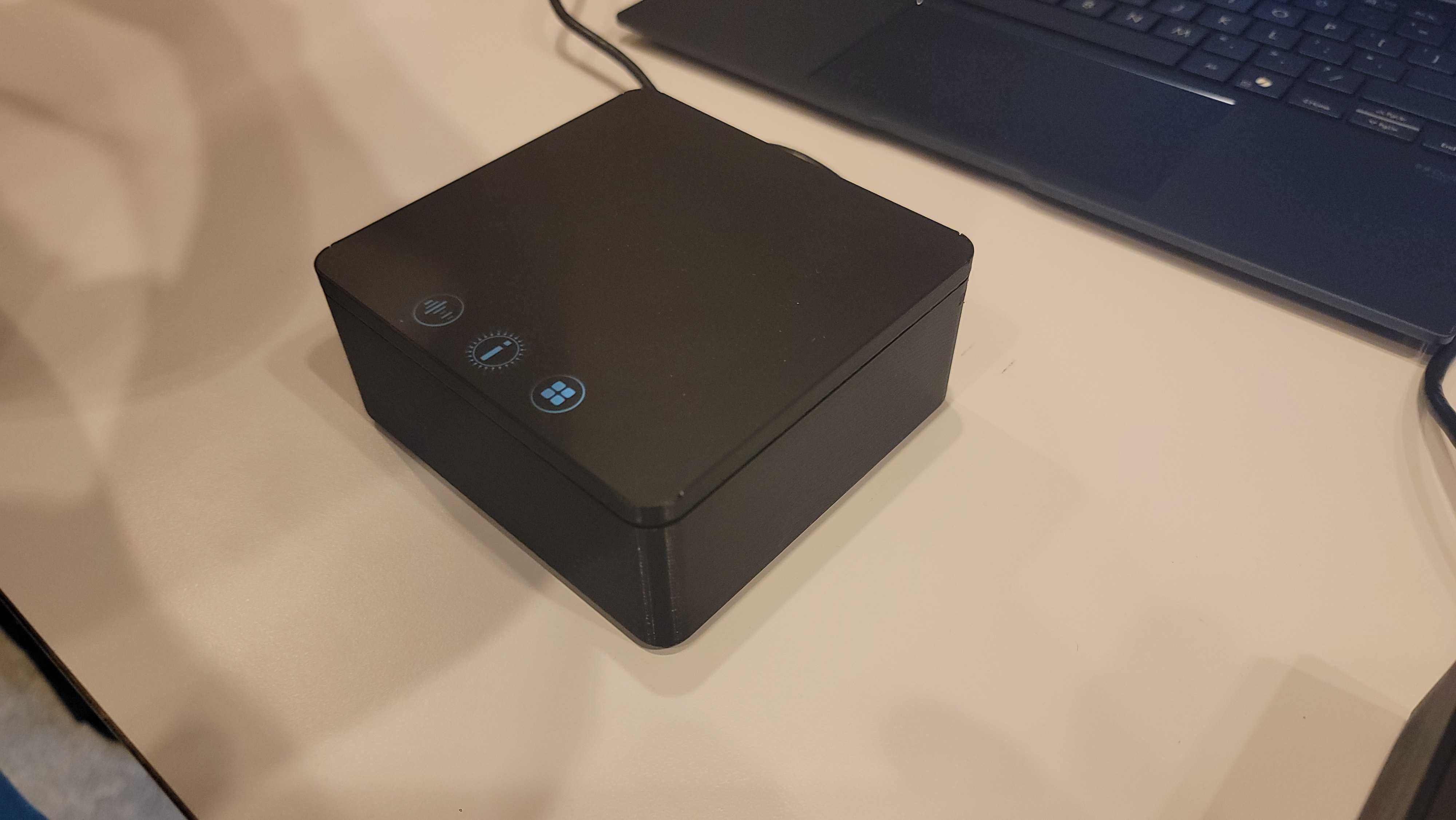
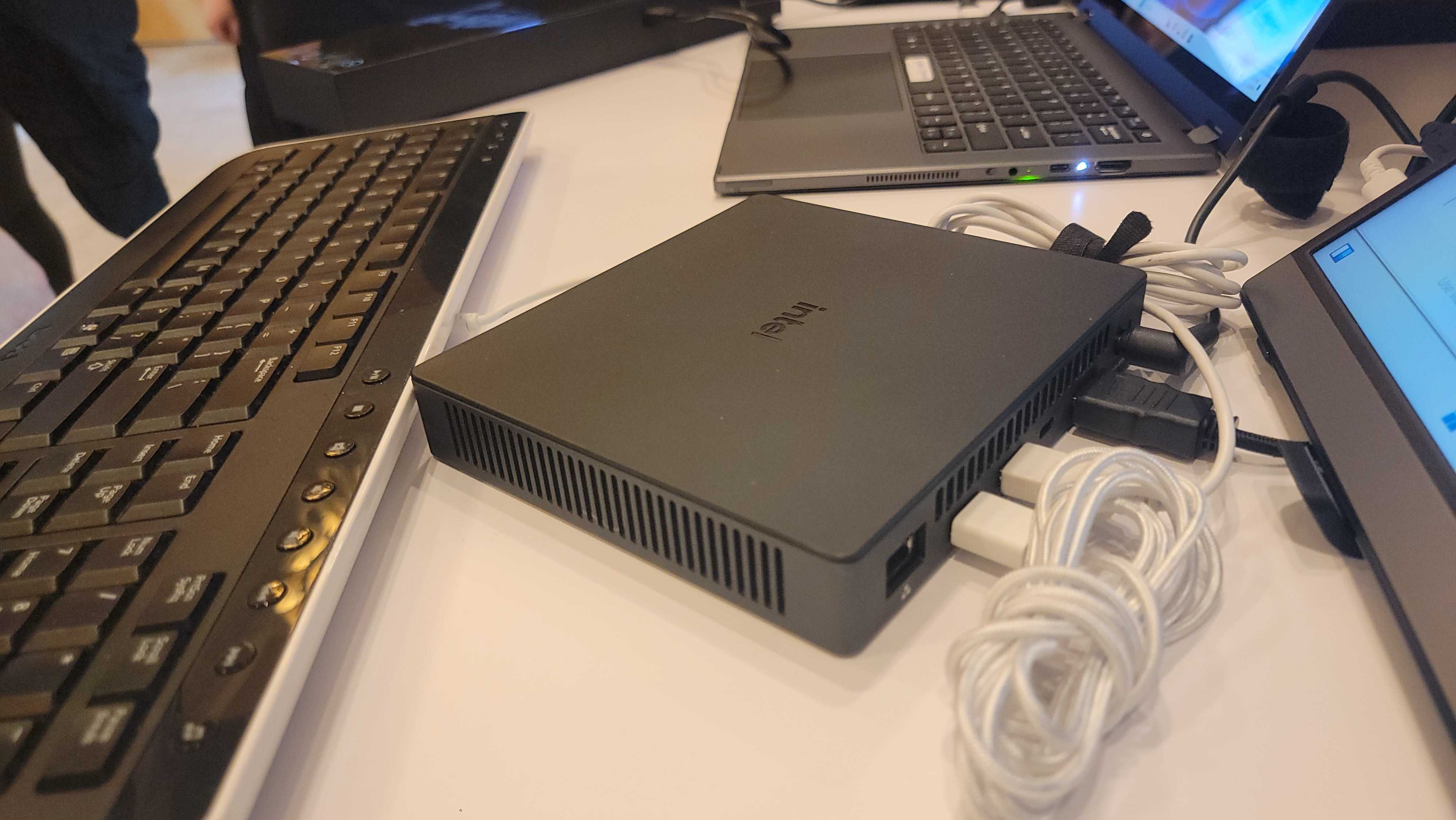
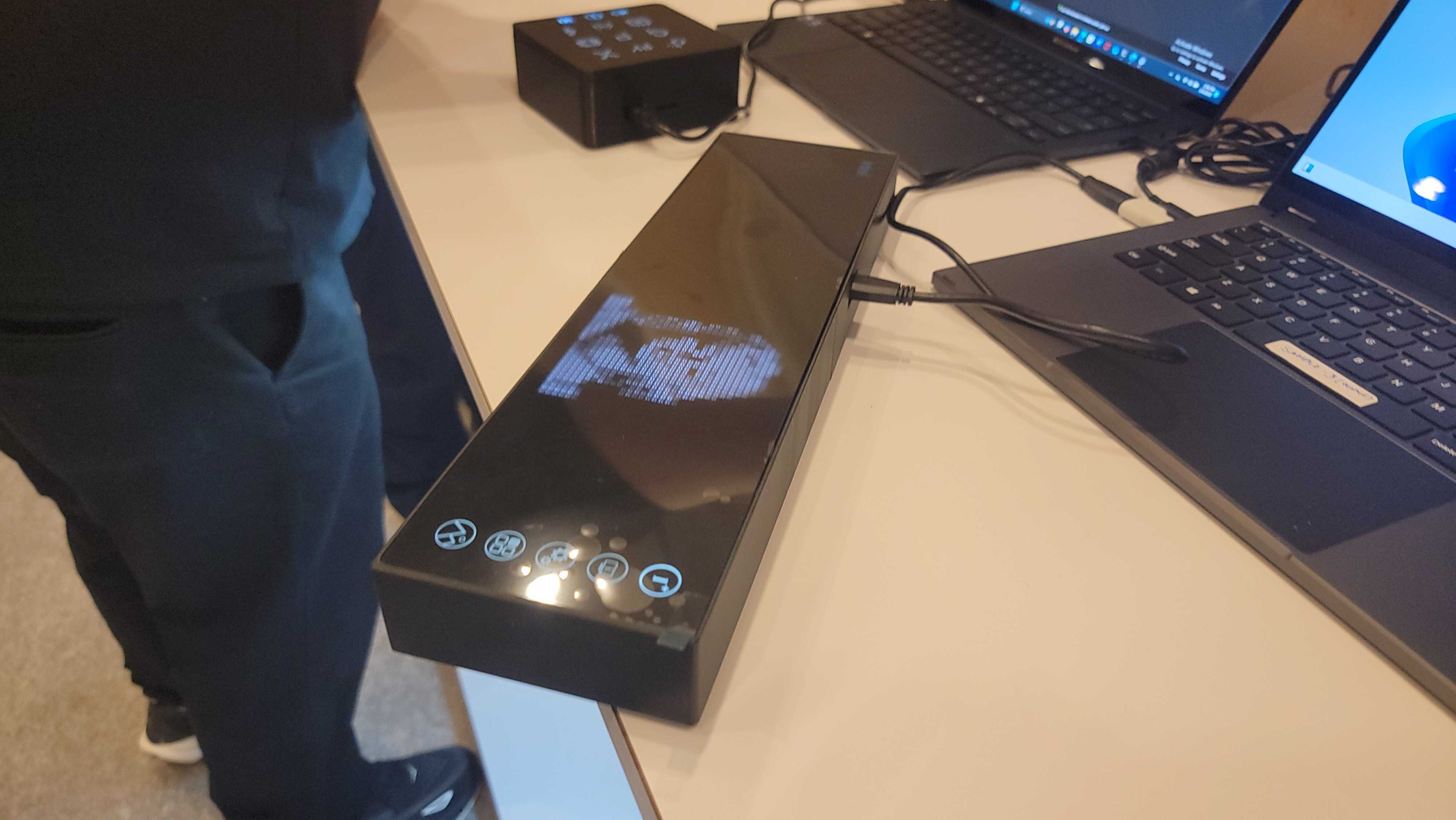
Panther Lake, the next-generation of mobile CPUs from Intel, was the focus of Intel's closing statements at its CES-opening keynote address. Panther Lake is built on Intel's 18A process, a process node which is proving to become a sink-or-swim performer for Intel. The demo PCs are proof of Intel's claims that it has begun sampling Panther Lake to its OEM/ODM partners. As a successor to Lunar Lake, Panther Lake will be a notebook-first family set to begin mass-production in 2H 2025.
18A, Intel's name for its upcoming 1.8nm process, is effectively Intel's make-or-break product for 2025. Intel Foundry is working with outside customers interested in using the 18A process, hoping for a competitive edge over TSMC's 2nm and 3nm nodes. Panther Lake is set to be manufactured 70% in-house, which should result in higher profits for a struggling Intel.
Much less is known about Xe3 Celestial, Intel's successor to the Battlemage Xe2 family which is still in its own release cycle. Tom Peterson of Intel recently confirmed that Celestial is only waiting on software optimization (read: drivers) before being 100% for launch, and in fact that its successor, Xe4 "Druid", is now under construction. Celestial is planned to launch alongside Panther Lake, though with Battlemage still yet to fully release, it is a bit futile to guess at anything more specific for Xe3 at this point.
Panther Lake and Celestial are planned to hit the market in the first half of 2026, with these demo PCs seeming to be a good sign of forward momentum in this direction. For more news from Intel, its competitors in AMD and Nvidia, and the rest of the tech industry, be sure to keep following our CES 2025 coverage.







